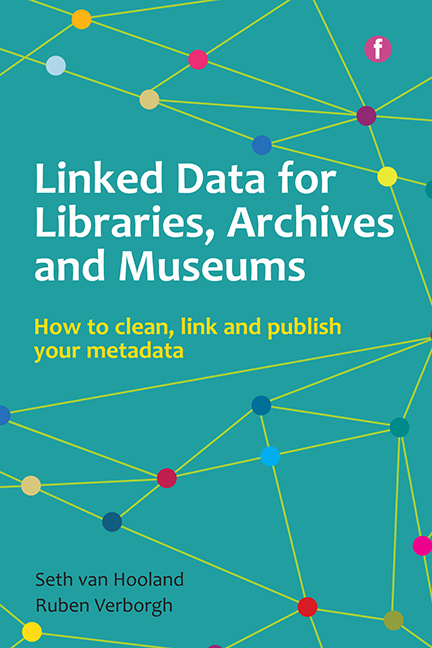6 - Publishing
Published online by Cambridge University Press: 10 September 2022
Summary
Learning outcomes of this chapter
• Issuing URLs and managing them in the long term
• Designing representations for manual and automated consumption
• Understanding the role of REST for global architecture of your database
• Case study: Cooper-Hewitt National Design Museum, New York
Introduction
Do you still remember those websites with shiny Flash intros? As with regular fashion, looking back on past IT hypes may sometimes result in painful memories. Just as you have a hard time understanding why you needed a massive Madonna-like fringe in the 1980s, you now might wonder why on earth you spent time and money on having an entire website programmed in Macromedia Flash. As it turned out, Flash was not the best choice for the current hetero-geneous web, where an increasing number of visitors use mobile devices that make a complete redevelopment necessary. We bet that in five years’ time, you will have the same thought about the APIs you are currently building to publish JSON and RDF.
What does IT fashion have to do with publishing your metadata? With this chapter we come full circle. Chapter 2 focused on the production of metadata upstream, after which we discussed successive methods to streamline and augment the quality of existing metadata in the following three chapters. This chapter will focus on the dissemination of metadata situated downstream.
Throughout the various chapters, the notion of change has played a central role. Technological evolutions affect every stage of the lifecycle of metadata, but there is a noticeable difference between the pace at which things evolve up- or downstream. Typically, the administrative back-end of a software service is replaced or updated at a slower pace than the publicly available front-end. The relational databases which manage all the tables containing metadata, controlled vocabularies and links with media assets generally have a longer lifespan than the tools responsible for the publication of objects and metadata on a public front-end. The design-by-buzzword context in which web applications are developed is illustrated by the rapid rise – and disappearance – of must-have applications and formats. However, we forget all too often that in a distributed network such as the internet, innovation through fast-paced technological changes comes at a cost. The expense of adapting how we publish on the web considerably drives up the costs of our information industry as a whole.
- Type
- Chapter
- Information
- Linked Data for Libraries, Archives and MuseumsHow to clean, Link and Publish your Metadata, pp. 197 - 242Publisher: FacetPrint publication year: 2015



